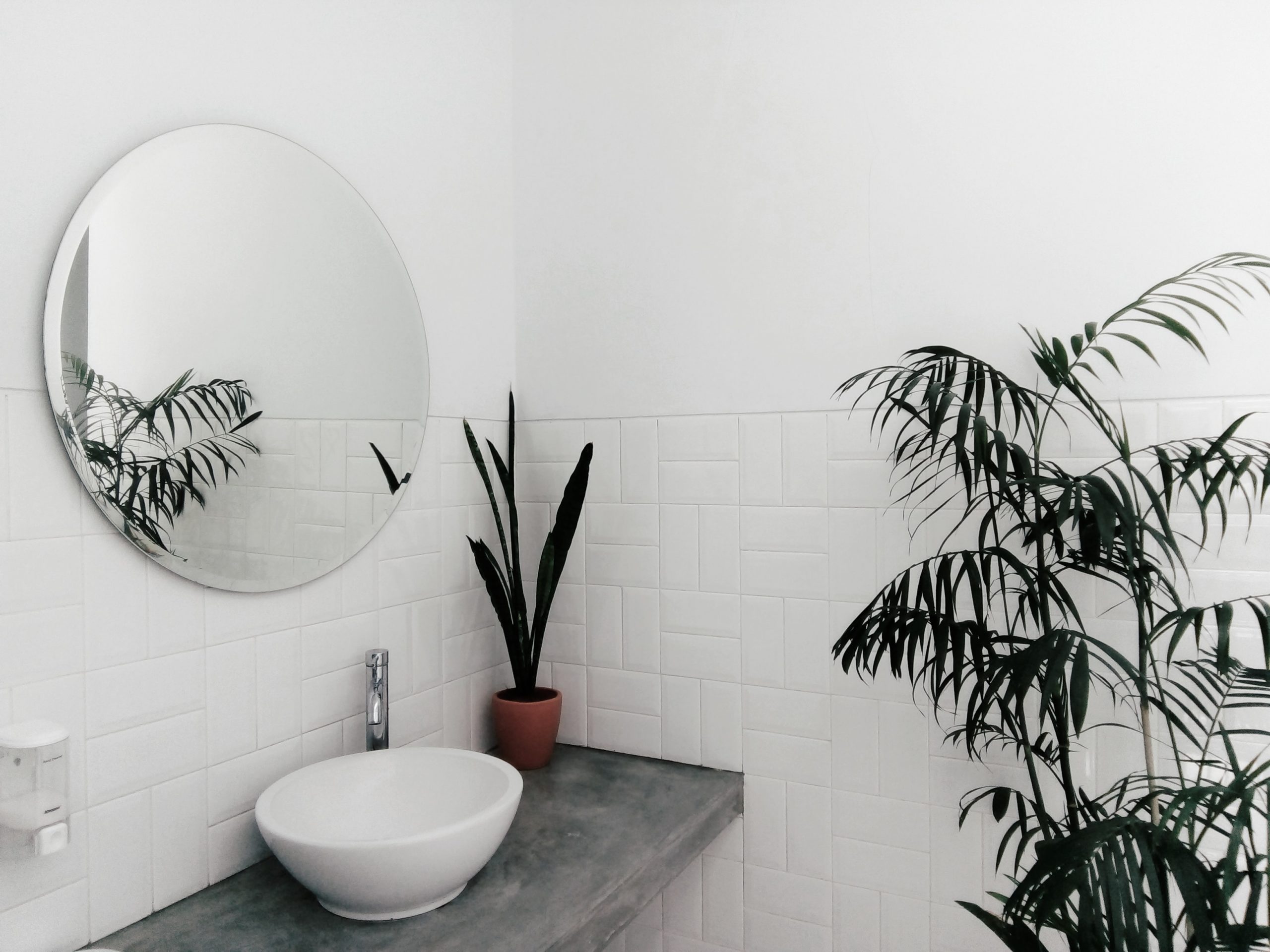Did you know that black mold can grow behind your toilet? Mold grows best in damp, humid conditions, and the bathroom often provides an ideal setting. Hot showers create a steamy mist that fills the room and dampens every surface. The experts at MoldGone know that mold can grow in many unexpected places, and we can help you determine the best way to protect your health and get rid of bathroom mold.
Shower and Bathtub Mold
Mold often grows in places where you can’t see it, like under shower tiles. Because they’re used so often, showers and baths are usually the source of most bathroom moisture, and improper ventilation can increase the risk of mold growth. Keep your bathroom properly ventilated by airing it out with a fan to decrease moisture and prevent excess humidity.
Mold can also spread to items in the shower, including soap bottles, hair care products, and your washcloth or loofah, so be sure to regularly clean your shower regularly. Don’t forget to check underneath your products when you scrub. Toilet mold generally is mostly caused through condensation so it is important to be aware of factors such as temperature and air quality in the bathroom.
Sink and Toilet Mold
Items on your sink (like your toothbrush or soap dish) can also accumulate mold if the counter does not get cleaned often enough. It is easy to ignore your toothbrush holder as a source of mold, but beware! Water dripping from your toothbrush can pool in the toothbrush holder and fester there.
Mold often grows underneath the sink, as well. Leaky pipes under the sink can result in mold growth in your vanity cabinet or on any porous materials stored there. Cleaning supplies like sponges and bottles stored in a dark and humid space can also start to get moldy.
Black mold is common behind the toilet as well. This occurs because the toilet has a cold surface temperature that cools the wall behind it. When the wall temperature drops below a certain point, moisture will cause mold growth.
Walls, Floor, and Rug Mold
Leaks in the walls can also cause mold growth, so it is important to keep an eye out for any wet patches on your walls. Get any leaks fixed right away! You can also install moisture-resistant wallboard to help prevent excess moisture from seeping into your walls and causing mold growth where you can’t see it.
When you step out of the shower or bath, or leave a wet towel on the floor, that water will seep into any porous surfaces. Damp rugs and floors can result in mildew or mold growth in a hard-to-reach corner. The longer still water stays, the more likely it is that mold will grow. Stain-resistant grout or porcelain flooring can help prevent mold.
Mold Removal in Maricopa County
Do you need mold testing to determine whether you have black mold behind your toilet? If you need mold testing, the experts at MoldGone will take multiple samples from the air and surfaces to determine exactly what type of mold you’re dealing with.
Our patented dry fog technology will remove mold from all the hard-to-reach surfaces in just a few hours. Our cleansing agents work on porous surfaces as well, including drywall and cabinetry. If you suspect the presence of mold in your Maricopa County home or office, contact us today to schedule a free inspection.
Photo by intan Indiastuti on Unsplash



